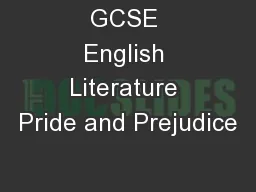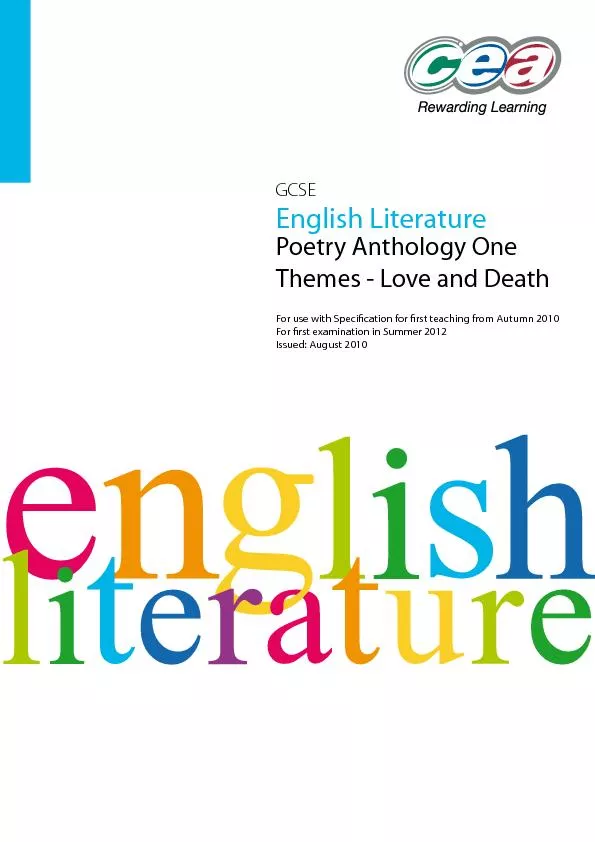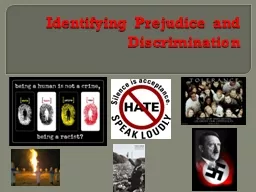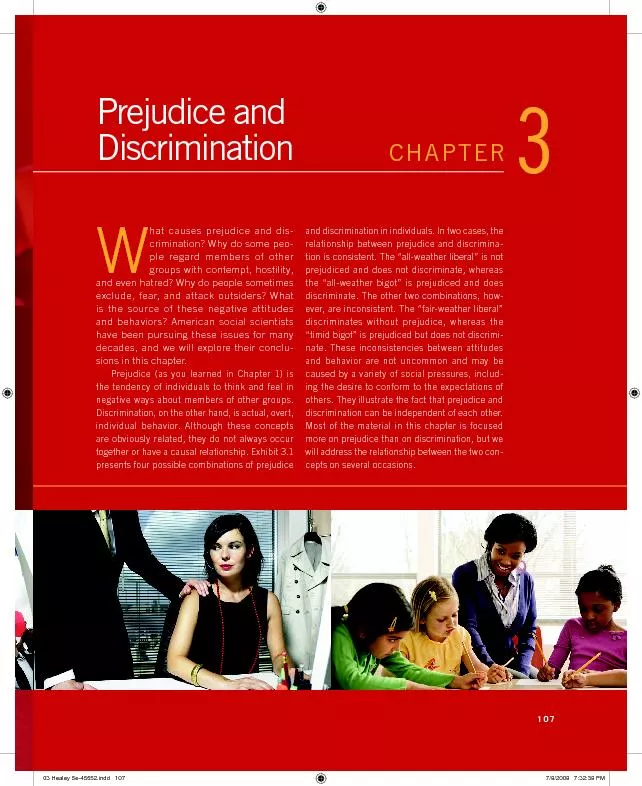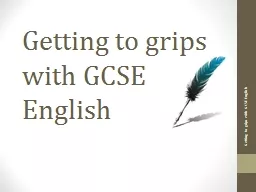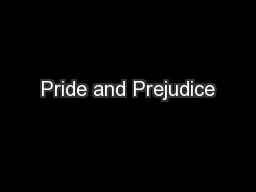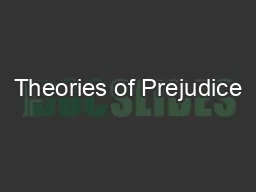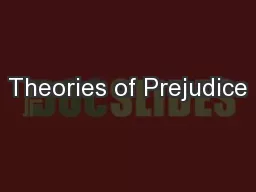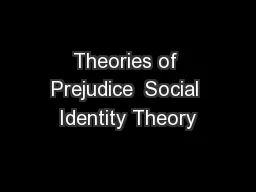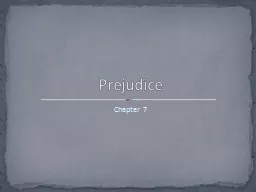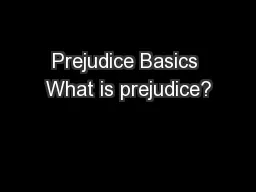PPT-GCSE English Literature Pride and Prejudice
Author : aaron | Published Date : 2018-02-06
Literary terms 1 Protagonist the chief character in the novel now almost synonymous with hero or heroine who may be locked in a struggle with the antagonist
Presentation Embed Code
Download Presentation
Download Presentation The PPT/PDF document "GCSE English Literature Pride and Prejud..." is the property of its rightful owner. Permission is granted to download and print the materials on this website for personal, non-commercial use only, and to display it on your personal computer provided you do not modify the materials and that you retain all copyright notices contained in the materials. By downloading content from our website, you accept the terms of this agreement.
GCSE English Literature Pride and Prejudice: Transcript
Download Rules Of Document
"GCSE English Literature Pride and Prejudice"The content belongs to its owner. You may download and print it for personal use, without modification, and keep all copyright notices. By downloading, you agree to these terms.
Related Documents

